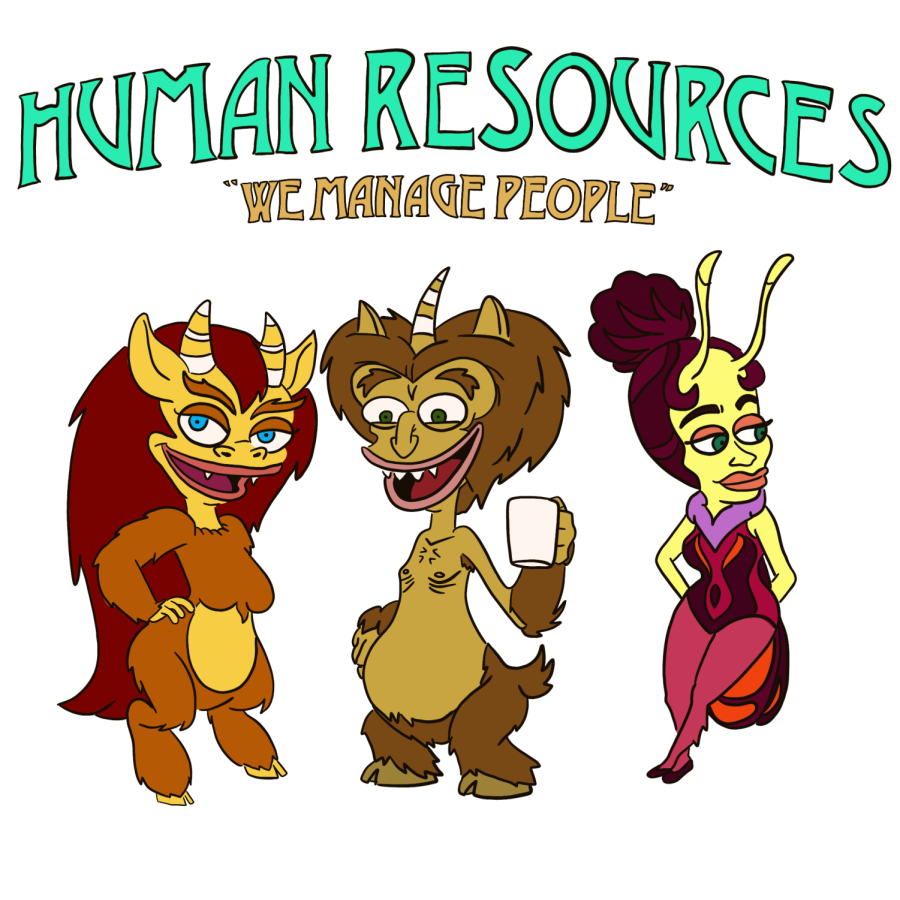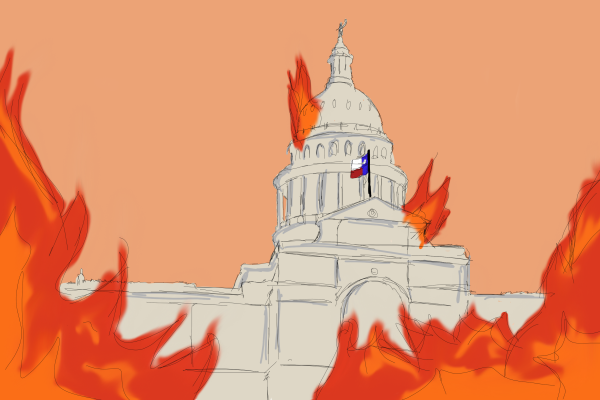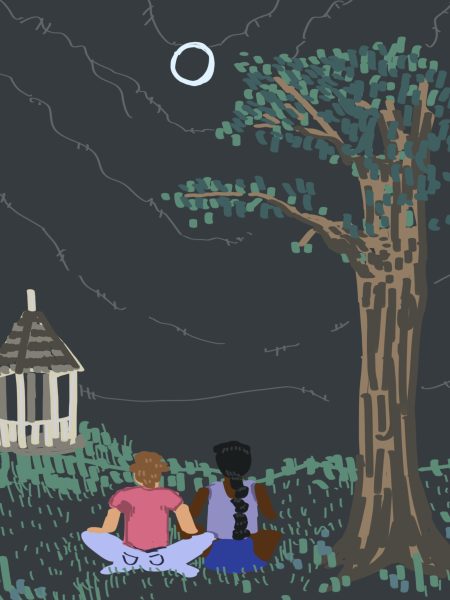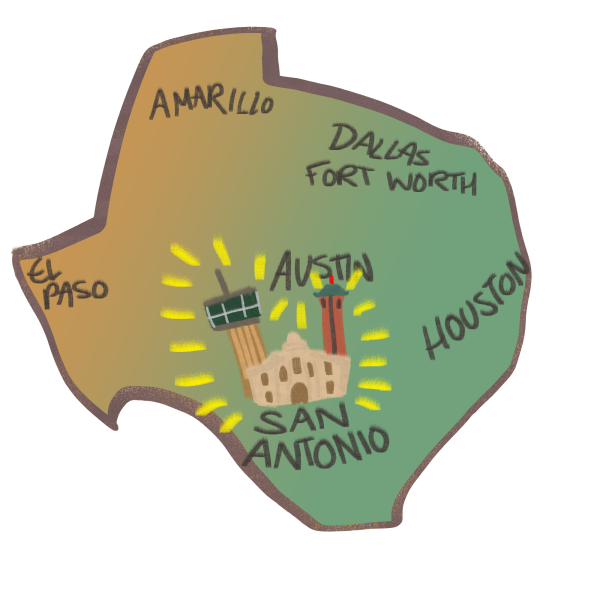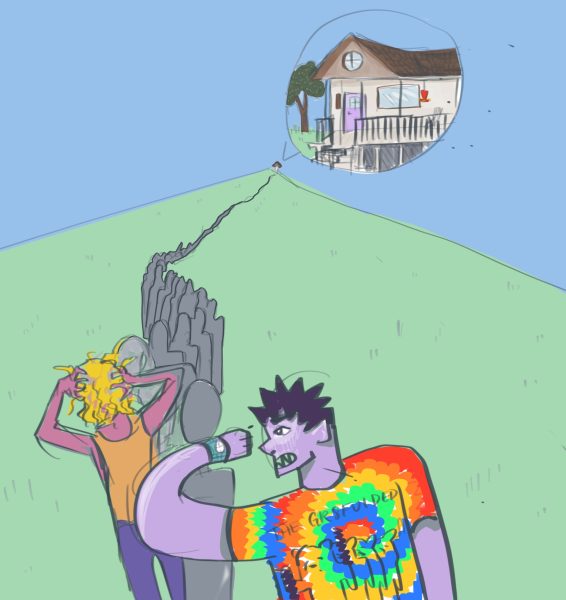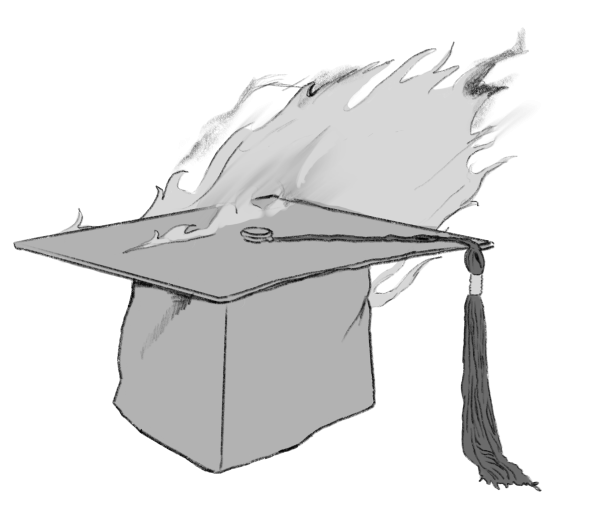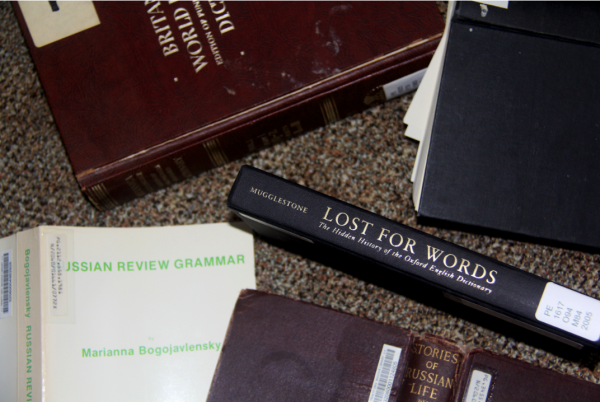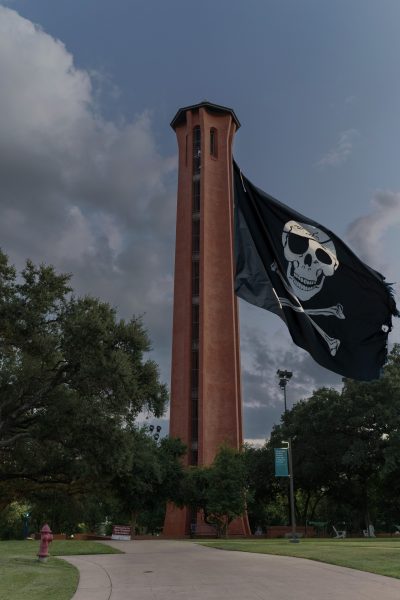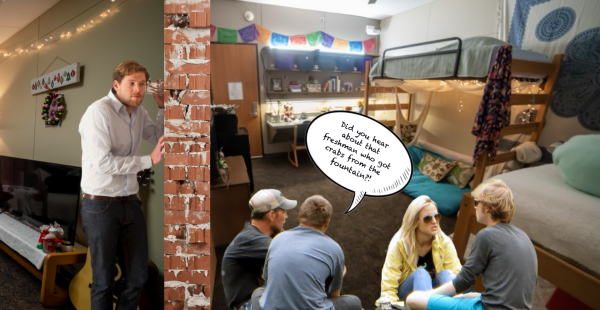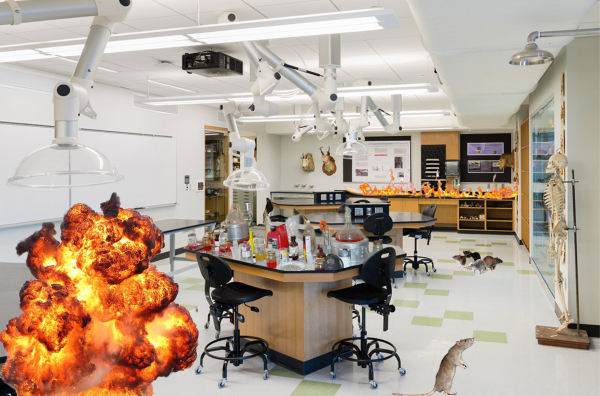Welcome to Human Resources: Big Mouth’s monsters never left
Netflix’s “Human Resources” premiered just over two weeks ago. Made by the same creators of “Big Mouth,” Nick Kroll and company hone in on the notoriously loved sidekicks of the “Big Mouth” universe — the monsters. The monsters in “Big Mouth” help a group of teenagers navigate through the mysterious years of puberty, often causing loads of mischief along the way. Now, the viewers get to witness the monsters collaborate in their home court: the Human Resources department. The monsters represent our subconscious emotions: love, ambition, sexual urges, anxiety, etc. In “Human Resources” we get to witness more complex human scenarios but also how the monsters handle their own emotions in their daily lives.
I find “Human Resources” to be much more in tune with the intended audience of both the shows — post-puberty teens to 20-somethings who have a palette for vulgar slapstick comedy that doesn’t hold back. The adult cartoon medium allows “Human Resources” to organically have a voice on matters of our messy existence and claim it. This ingenious representation of our urges and emotional difficulties is simply not possible without the pioneer monsters from “Big Mouth” — the hormone monsters, love bugs, shame monsters and others. Congratulations are due for them landing their own spinoff.
The creators immerse us into the intricate world of the monsters, giving us an additional layer of empathy and understanding which was limited in “Big Mouth.” Due to the raunchy humor and visuals in “Big Mouth,” the viewership from younger prepubescent and individuals experiencing puberty is low. Most of the viewers of “Big Mouth” enjoy the show through a nostalgic post- “horrors of puberty” lens, whereas “Human Resources” puts this adult crowd right in the center of their present lives and what is yet to come. Removing the monsters from their roles as the cheeky, comedic sidekicks and putting them on the main stage allows for the focal point to be on emotional mechanisms that form human existence. We become akin to these monsters who have been on the planet for millennia as we see them in action with their human assignments.
Meet the Love Bug Emmy, a bumbling inexperienced Love Bug that loves hooking up with the wrong guys (Dante the Addiction Angel) and struggles to fulfill her duties as a Love Bug with her first human assignment — a new mother struggling with postpartum depression. Emmy constantly feels inferior compared to the other more experienced Love Bugs. Her struggles are where we find emotional axioms of our world represented, such as the clear lines between love and hate. So when Emmy turns from a Love Bug into a towering raging Hate Worm and throws up on everyone at an international human resources conference, we can empathize with her because we can understand that emotions like love can be difficult to navigate. It’s comforting to know that even a Love Bug, whose role is to regulate love in human beings, is having a hard time grappling with processing love just as we are.
And Emmy is not the only one we find ourselves identifying with as viewers. The established hormone monsters that regularly visit us in “Big Mouth,” Maury and Connie, further explore the dynamics of their relationship in “Human Resources.” They are sexually charged monsters that feel embarrassed expressing their feelings of love for each other. Their relationship also challenges gender roles. Like other male hormone monsters, Maury is raging with testosterone but has an easier time showing his soft side than his female counterpart Connie. The two depression kitties that we get to know in this season, Cat Stevens and returning Kitty Beaumont Bouchet, deal with their clients very differently. Kitty Beaumont Bouchet is more manipulative and influences her client to lash out at her partner and cry herself to sleep every night, while Cat Stevens encourages his client to take weed gummies and wait for the storm to pass. These varied approaches allow the audience to conceptualize the different ways people cope with depression.
Inclusivity is found in the human world as well. Through teenagers navigating an interracial queer relationship as they go off to college, couples experiencing insecurity with life changes such as marriage or having a child and a Black birthing doula with spiritual beliefs that challenge her capacity to love, we find natural incorporation of storylines that doesn’t feel orchestrated. “Human Resources” takes it further by creating a reflexive relationship between human beings and their monsters; humans embody their monsters and the monsters live their purpose out through their humans.
It’s not that shows like “Human Resources” and “Big Mouth” are revolutionary in addressing matters such as mental health and healthy relationships. The adult cartoon medium gives the producers of “Human Resources” an unbridled creative license to challenge the way our society conceptualizes difficult sentiments. The cartoon format has also routinely empowered the nature of explicit comedy — as seen in other shows such as “Bojack Horseman” or “Rick and Morty.” Symbolizing shame through a floating wizard or hormonal urges as a hairy monster wouldn’t carry the same sense of normalcy in live-action. The freedom to take inspiration from “Big Mouth” and stretch the bounds of world-building through the monsters allows this crew of comedians to be as raw and nonsensical as possible. And still, their world feels just as authentic and valid as ours.
Here’s hoping “Human Resources” gets picked up for another season, so we can be routinely slapped in the face with buffoonery while finding comfort in our favorite unstable monsters.

Hello! I am a junior English and Business major with a minor in creative writing. As an opinions columnist, I’m passionate about exploring anthropological...

